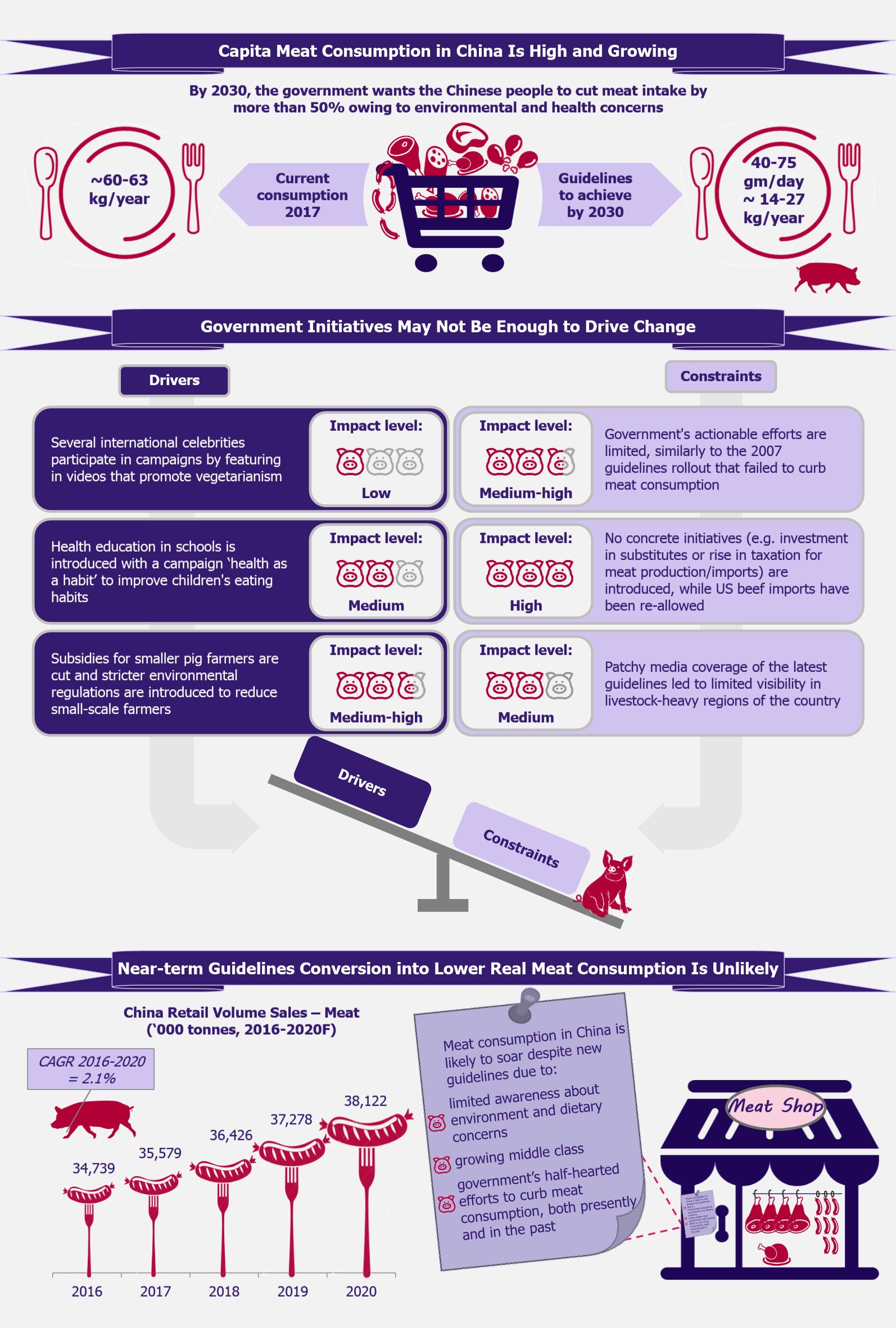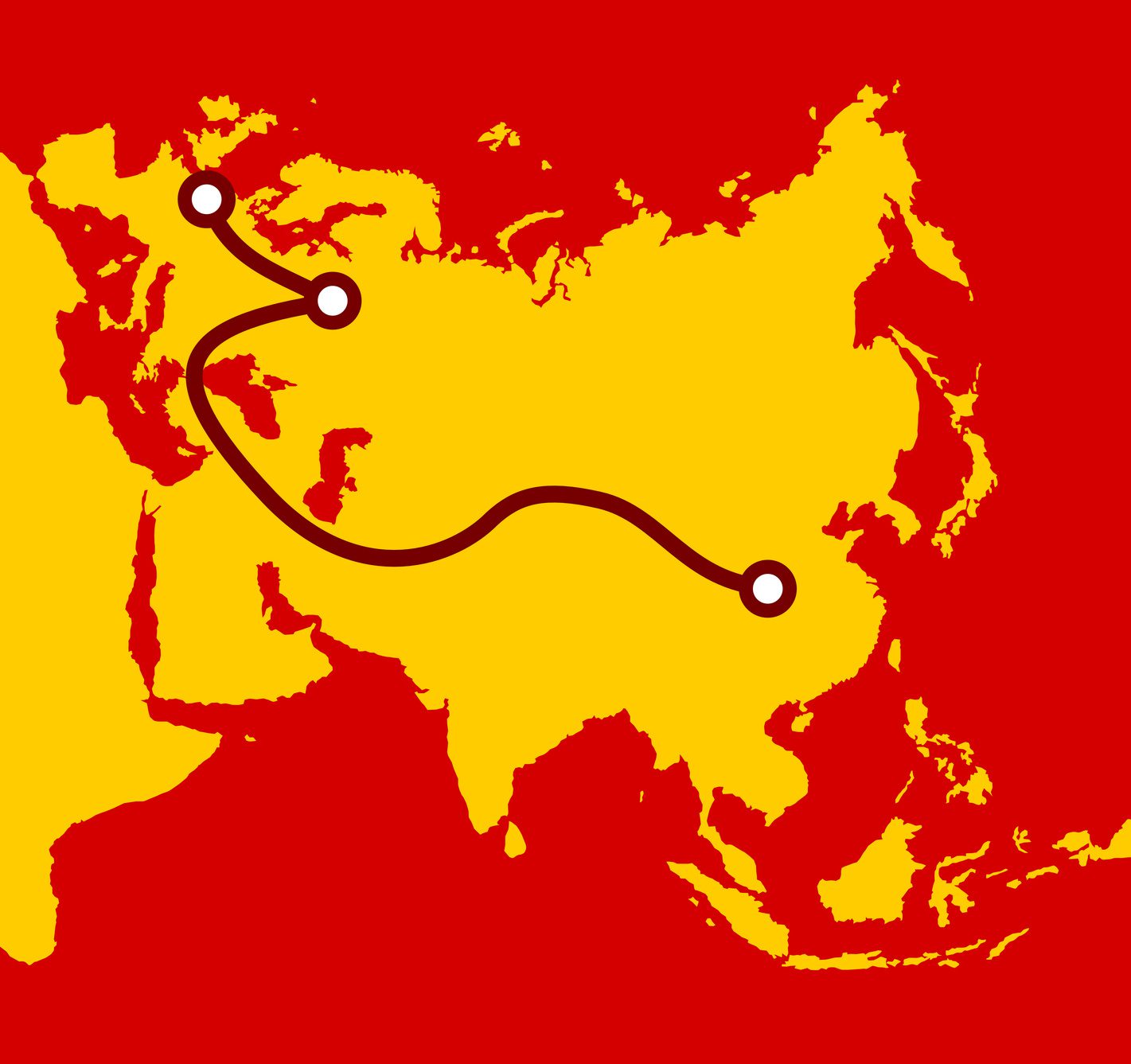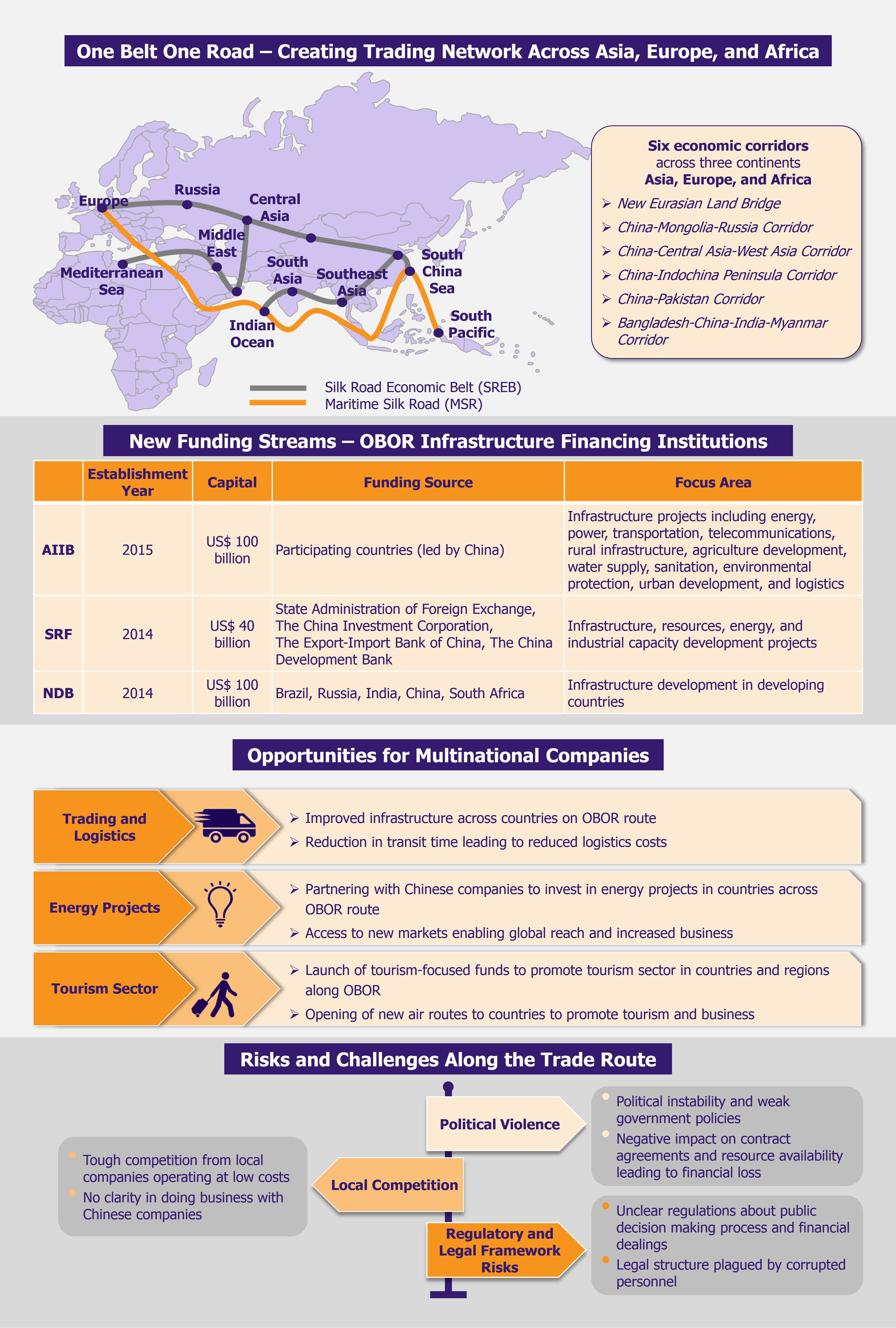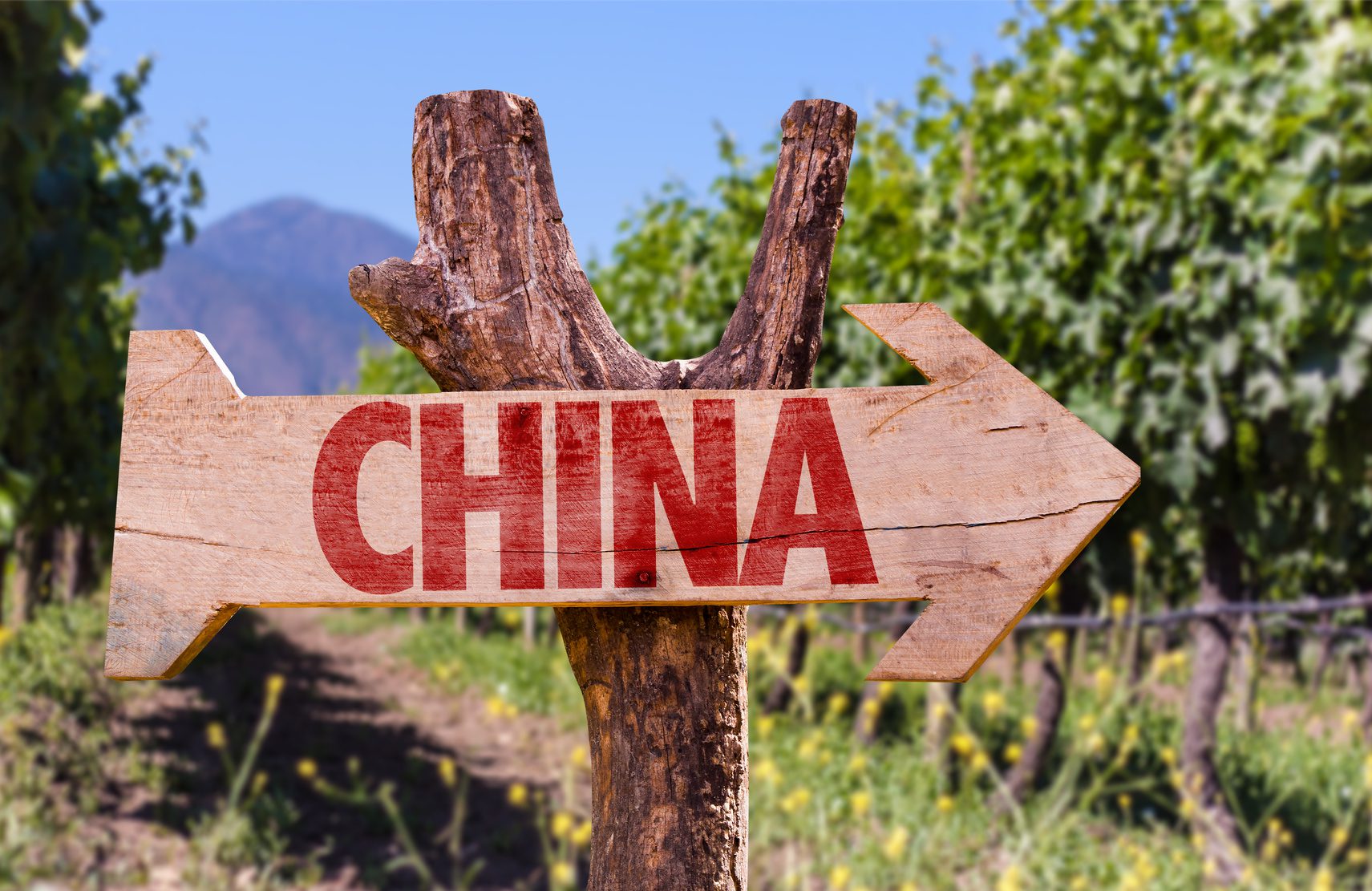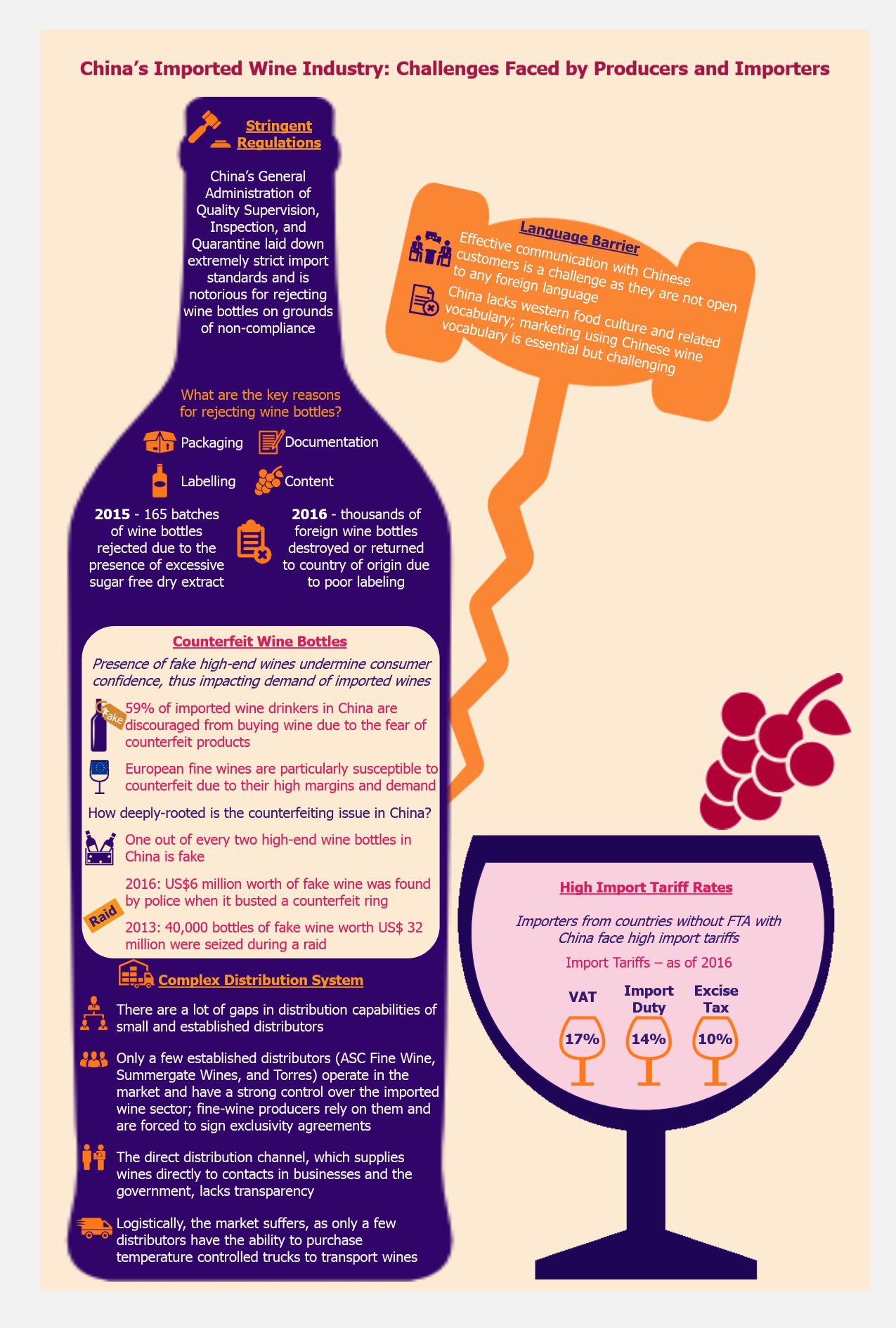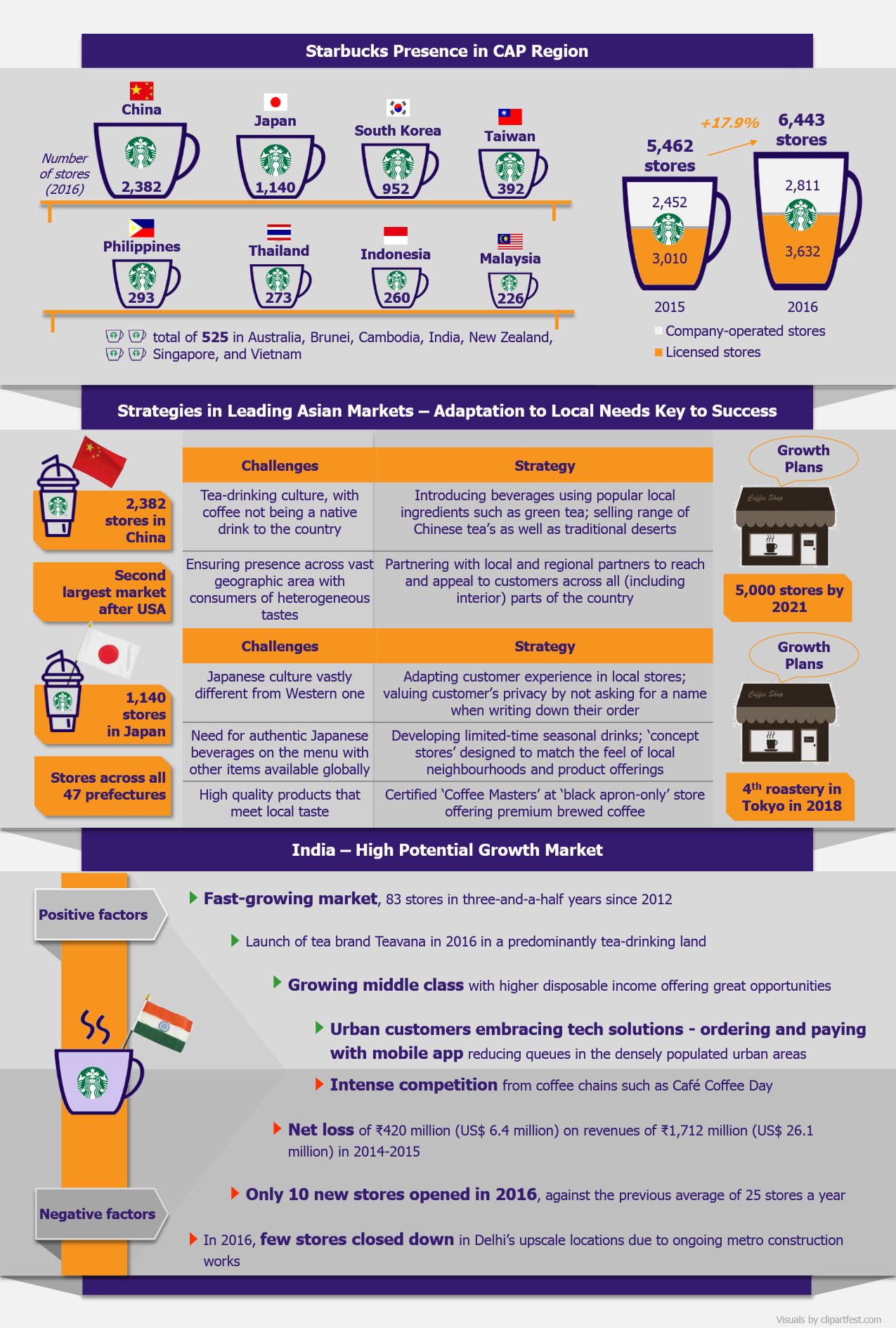Over the past five years, China has witnessed a steep growth of the online education market with the emergence of start-ups offering economically accessible online education for students of all ages. This growth has been largely driven by favorable government policies, broadening internet reach, and an increased willingness of the population to spend money on education. Nevertheless, many Edtech (education technology) companies in the country have gone out of business during their first few years of entering the online market due to adopting unprofitable business models. This led to apprehension from investors, contributing to a slowdown in investment flow to the online education start-ups. What could online Edtechs do to turn the tables?
The global online education market has been promising due to an increasing demand for more ways to access education. The industry has received investments of US$7.33 billion globally in 2016, the highest investment in the history of the learning technology industry. The two markets that witnessed the highest investment in this sector were the USA and China, which recorded US$4.18 billion and US$2.06 billion, respectively, in that same year. As the second largest destination for online education, China has witnessed a soaring number of new online education start-ups thanks to investment from both government (Chinese government invested US$1.07 billion in 2015) and private sources (mostly venture capital). Moreover, by 2020, the Chinese online education market is expected to reach US$94.93 billion, growing at a CAGR of 34.6% from 2013 to 2020.

In recent years, China has been switching its focus from manufacturing to a service-oriented economy. Consequently, local demand for low-cost education has increased since more people seek to improve their skillset and successfully function in the dynamically changing economy. For this reason, the government has included the development and promotion of internet and education in its 13th Five-Year Plan (2016-2020) launched on January 19th, 2016. According to this plan, non-governmental players (e.g. foreign investors) are encouraged to participate in the education industry and domestic private companies will be allowed to collaborate with foreign innovative education companies.
With the Chinese government support along with investments from venture capital, equity investors, and other private funding, the Chinese online Edtech start-ups have been considered to offer a strong growth potential, which lead to a number of them being established in the past few years, including online learning platforms such as Tutor Group and Hujiang. However, despite the appealing scenario of the thriving industry, a recent study conducted by China Online Education Research Institute stated that only 5% of all Chinese Edtech start-ups were capable to gain profit during 2015-2016. According to the study, 70% of the start-ups recorded losses, 10% reached a break-even point, and 15% went out of business during that same period. Since a significant percentage of online Edtechs in China were unprofitable and some even went out of business between 2015 and 2016, investment flow slowed down in 2016. A more rational and cautious approach from investors could cause start-ups growth to slow down significantly.
EOS Perspective
China is already the second largest market of online education after the USA. With a large and increasing number of internet users (around 50% of China’s population) and a large spending assigned for education in most Chinese home budgets, China might seem perfect for Edtech companies to thrive.
However, Chinese online education market is highly competitive with crowded landscape. This is a challenging environment to operate in since majority of online Edtechs in China offer a very similar product with little to no differentiation, and most of these companies have failed to build a strong product that would allow them to compete against other players in the Chinese market.
Under this scenario, investors do not seem to be willing to wait for five years or more for their investment returns, causing them to shift focus and funding streams to other segments of technology-enhanced learning market, such as simulation-based learning, game-based learning, and educational robot companies. With the slowdown in the investment during 2016, Edtech companies that are highly dependent on investors’ funding in order to continue their operations found themselves in a particularly difficult situation, with 15% of such start-ups going out of business by the end of 2016.
In terms of investment flow, 2017 might not offer any drastic improvements in the operating environment for online Edtech start-ups, therefore these companies need to look for ways to counterbalance the slowdown in investment in order to stay in business. Beijing-based online language platform, 51Talk, acquired its counterpart 91Waijiao and all of its users in 2015 as a way to expand its business. This is an example of how these market players could attempt to turn the tables to their favor, benefitting from building partnerships or joint ventures with larger players in the market in order to scale-up and generate funds to sustain their operations.






